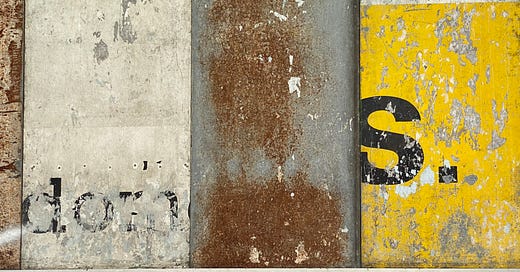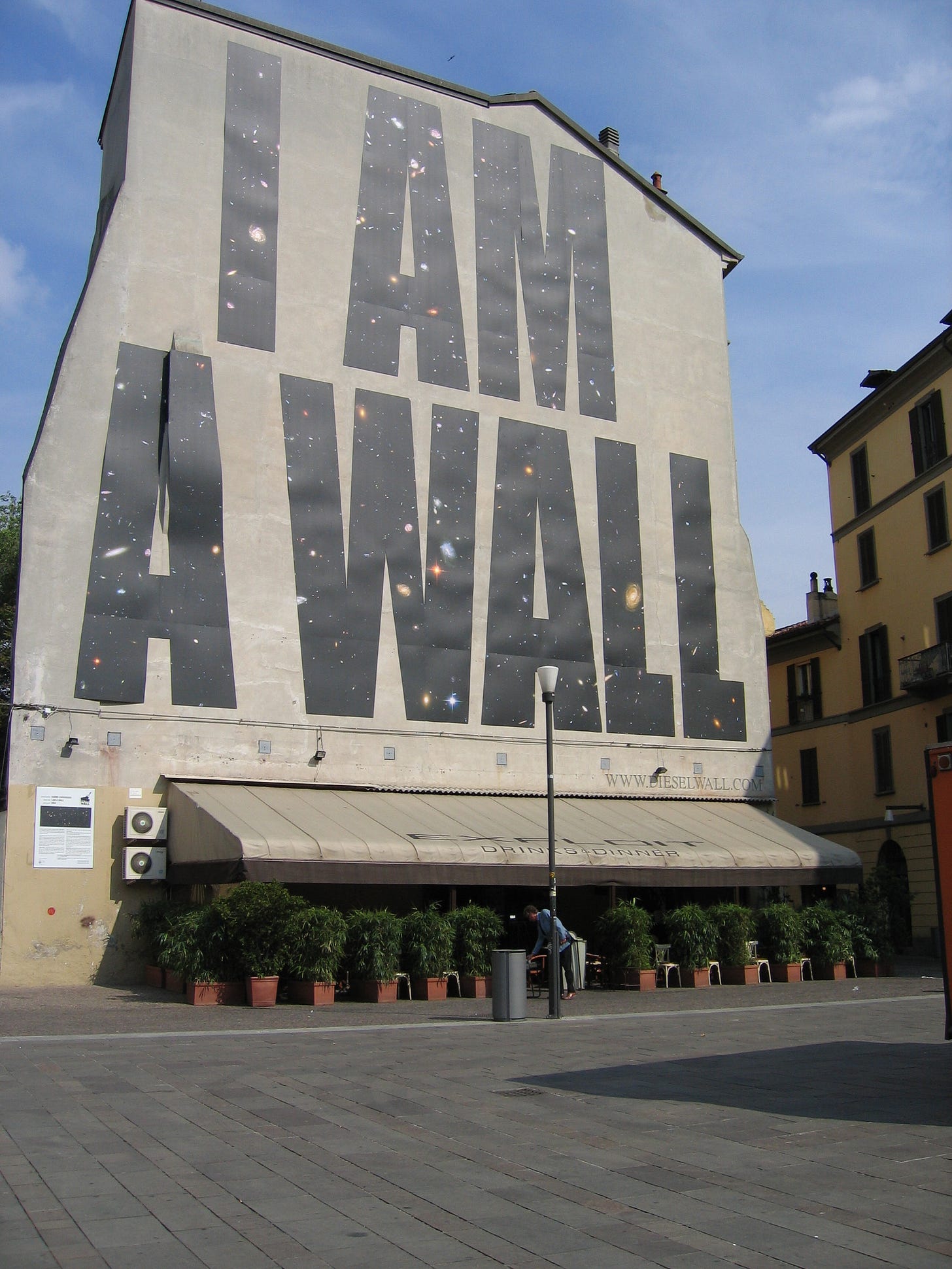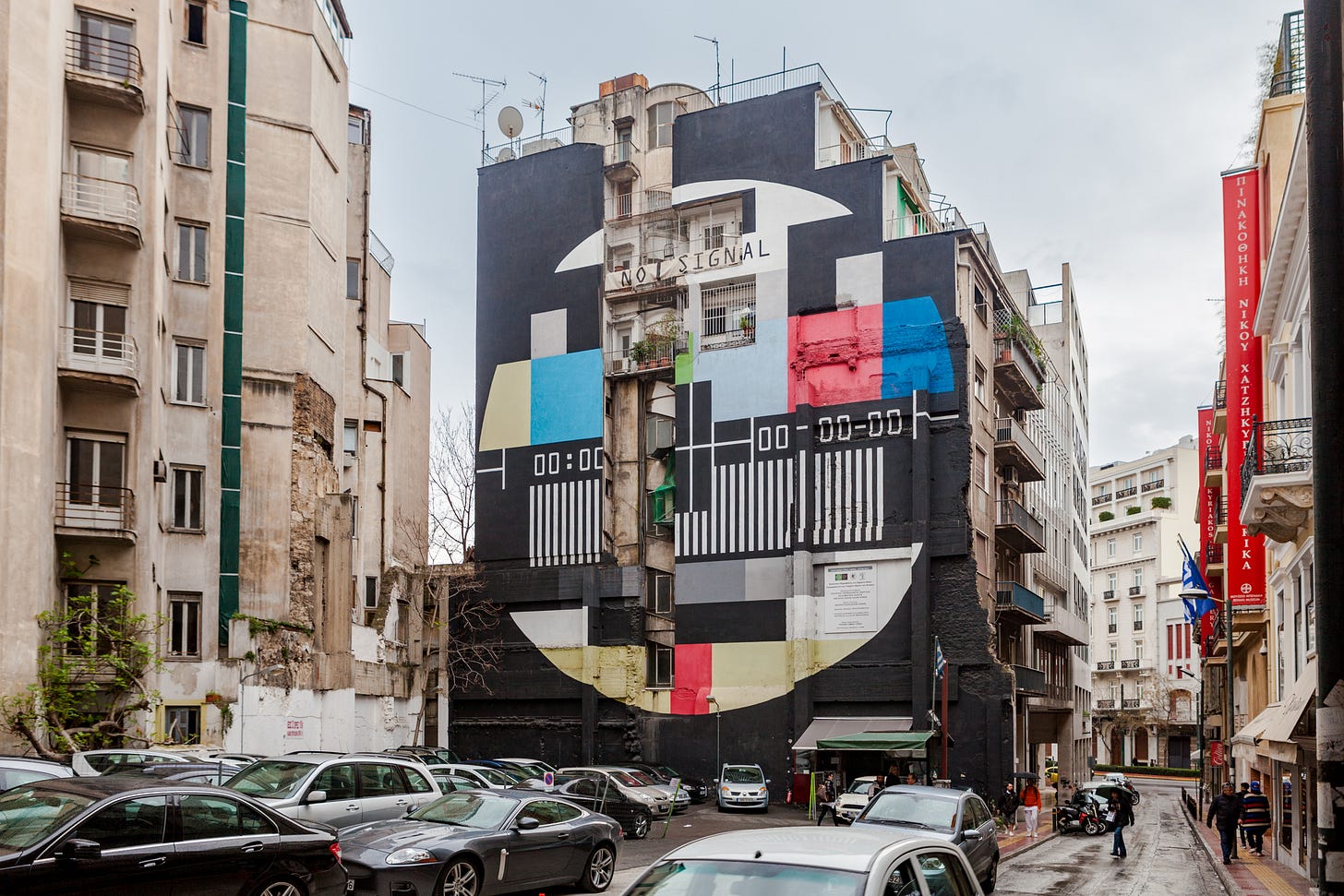This blog, as well as the forthcoming book, were prompted by an exploratory process that resulted in a doctoral dissertation on public space transitions and conflicts carried 20 years ago. Up to that point, through a body-to-body with the city of Florence (made up of study, reclamation and creative practice), I had approached the question of public space in an essentially epidermic manner, more by natural disposition than through substantiated logic. The adjective epidermic is notably appropriate in this context, but not in the vaguely negative sense of superficial. Frequentation, contact, even friction with the surface of the city had become an essential practice in the attempt to grasp its anxieties and contradictions. It is no coincidence that at that time, through ogino:knauss's research, we defined a specific approach to ‘urban dermatology,’ which then materialised in the Urban Skin project presented in various forms (installations, live media, photographic exhibitions and workshops). Through this and other projects we developed a hybrid discipline dedicated to investigating the ‘skin of the city’. An encounter with urban surfaces, systematically sampling their signs, codifications, enunciations, acts of reclamation. A diagnostic practice employed to deduce through signs on surfaces - scratches, irritations, eruptions - the pathologies and deep, subterranean phenomena that condition urban space and determine its change.
I am a Wall, artwork by Gianni Caravaggio, 2004. Installation in Milan sponsored by Diesel. - Photo Manuela Conti
The wall, the basic morphological element of the urban organism, arises from the functional necessity to protect, separate, close and opacify, but it also intrinsically develops a communicative dimension - conscious or unconscious, intentional or hijacked. It represents the imprint of power relations, protocols and tensions underlying the architectural expression of space. The original function of the building, solid and structural, is carefully designed, subject to rules and regulations, and characterised by clearly identified and vested ownership and management. By contrast, the semantic sphere of urban articulation is much more fluid and elusive. The message that a wall, the meaning that an architectural volume and, more generally, the value that the city's image takes on as a whole are much more difficult to attribute, control and design. They are often the unplanned results of multiple practices and gazes, side effects, sometimes simply not foreseen or considered by the designers, sometimes contradictory or antagonistic, even consciously designed as a correction, in competition or conflict with the material substance of the original project. A wall or a building has an owner, an author, a designer, but its meaning is a social product. It is the result of an interpretation, a symbolic appropriation and a constant re-signification that escapes the control of owners and managers and participates in the construction of a collective urban identity, a perception of space and a shared public sphere. If the idea of public space that I was addressing was still vague and difficult to grasp, a 'skin-deep' awareness had been formed: namely, that any space that offers itself to the gaze and is accessible to a reading by the public acquires an intrinsic public dimension, is imbued with meanings that, however conflicting and contradictory, rather than shared and recognised, shape public space and determine its substance.
In the shadow of this awareness, while starting my investigations of public space’s fate, three ideas were forming and confirming themselves quite clearly:
First. Public space is not an objective datum, the result of a legal status, deriving from being public rather than private property of a certain portion of territory. Instead, it is the result of an open ongoing process, a steady negotiation that establishes the public use of a space and in turn defines a public that makes use of it and is reflected in it. The more we succumb to the temptation of a universal and statutory definition of public space, the more it escapes classification and reveals itself in its contradictions and exceptionality. If we try to isolate its spatial extent and investigate a singular space as inherently and implicitly public, we risk losing ourselves in a frustrating process of embalming it without considering its consubstantiality as a fluid and changing social entity that determines its public condition through a co-evolutionary process.
Second. The categories public and private constituted through a reciprocal and symmetrical relationship prove to be less and less usable, neglecting the most important outcome of this dialectical relationship, the foundation of which lies in the construction of a third term, the common. In other words, the main node of the discourse of public space does not lie in the relationship between the two known and imbolished terms, the public and the private, but in how this contraposition is substantiated by constructing a third, equally problematic and ineffable, element of synthesis. A third term that at the dawn of my investigation was increasingly emerging in practice and literature: the visceral and rudimentarily effective discourse of antagonism from which I came called it social space, as in ‘social centre’, verbalised in socialisation, or as formulated by Primo Moroni in the witty and genuinely revolutionary aspiration to “socialise knowledge without founding powers”. The following season would focus on the concept of the common good, as in the commons in Elinor Ostrom's terms1 or the commonwealth in Hardt and Negri's terms2. These are again slippery and adaptable terminologies, but with the merit of indicating the commons as a process and never as a given, legal institution or implicit condition. The relationship between private property and public institution is only interesting as long as it remains subordinate to the process of commoning, to the construction of the common, that is, to the co-management of the social dimension of space.
Third. The identification of a public space is less and less placeable and circumscribable in a singular, local and urban extension, topographically determined, to assimilate itself more and more evidently to the connective function, to the node, to the interface; that is to say a device that produces a leap in scale and visibility beyond the local, towards -and through - the global. In short, there is no way to talk about a public space without addressing Public Space as an overall system, interconnected and integrated in a trans-scalar dimension. And this last assumption will lead to the consequence that my research must turn into a journey into the global and insurgent public space.
Athens 2016 - Photo Manuela Conti
For my doctoral research I had chosen the title ‘The Invention of Public Space’ to emphasise the social construction, the collective creative process that simultaneously structures a space while implying the construction of an associated public. For a public space to exist, a community must be created. The Invention of public space means highlighting the creative, emancipatory, maieutic dimension, which the concept requires. At that point my attention turned to the practices of public space, rather than to the spaces themselves, considering histories of reclamation and conflict, signifiers with which urban space is invested in its becoming public. It was a matter of pursuing the practices of public space reclamation through trajectories, interweavings and networks, rather than through the determination of single territorial processes. This has meant looking at the connective, infrastructural dimension, beyond the local, concluded and specific dimension, in order to understand how contemporary public space stands as an articulation of a spatialised discourse, as a fluid process of relations between territorialised instances and voices. Public space is therefore not a place, it is rather a threshold that allows a leap of scale, connection, multiplication of effect.
Elinor Ostrom (1990) Goverrning the Commons: The Evolution of Institutes for Collective Action. Cambridge University Press
Hardt, M., & Negri, A. (2009). Commonwealth. Harvard University Press. https://doi.org/10.2307/j.ctvjsf48h






